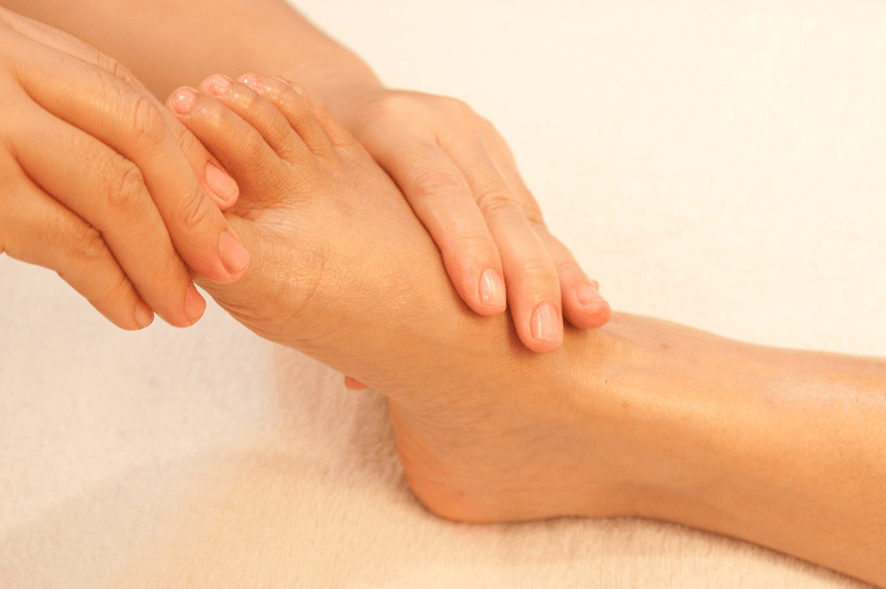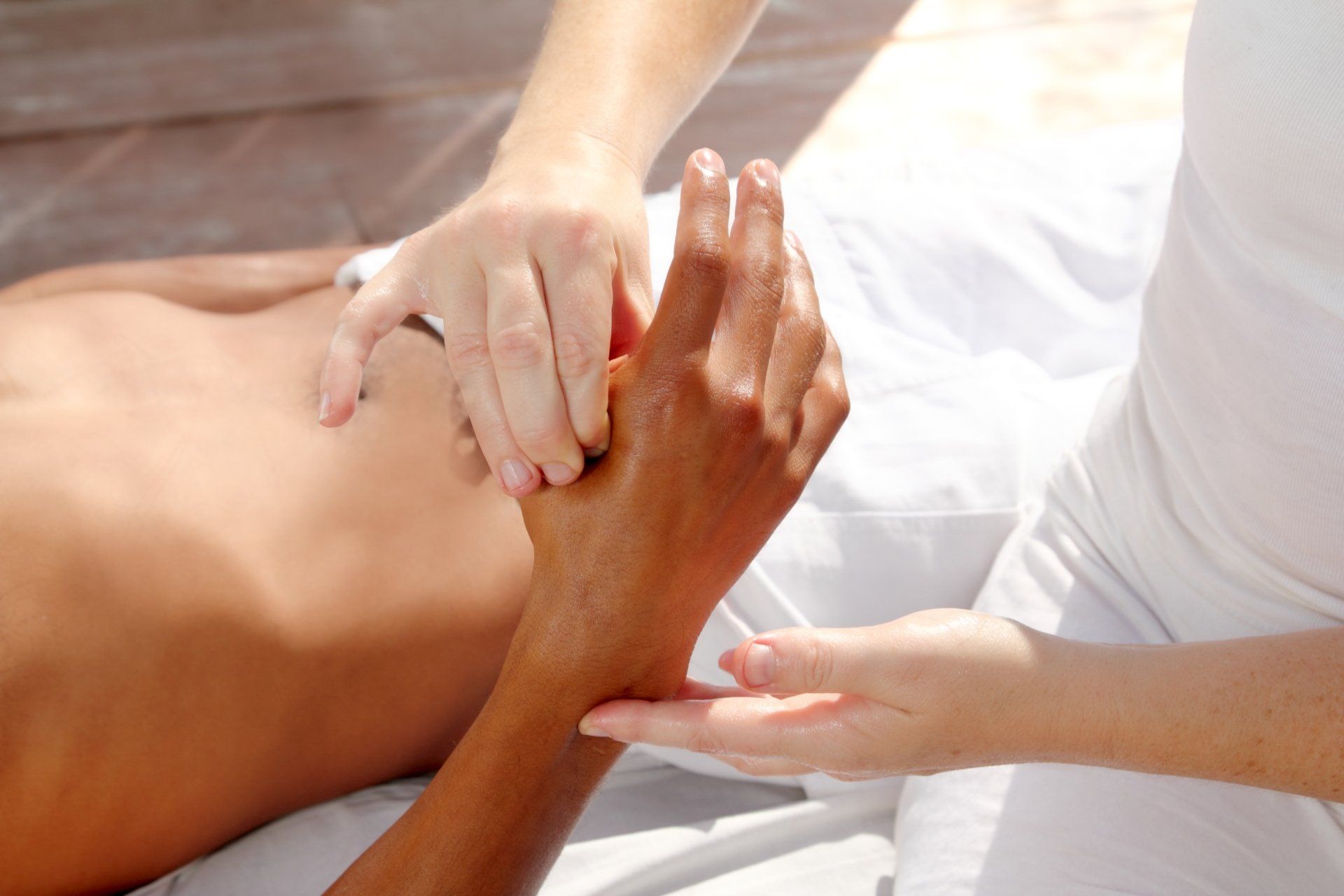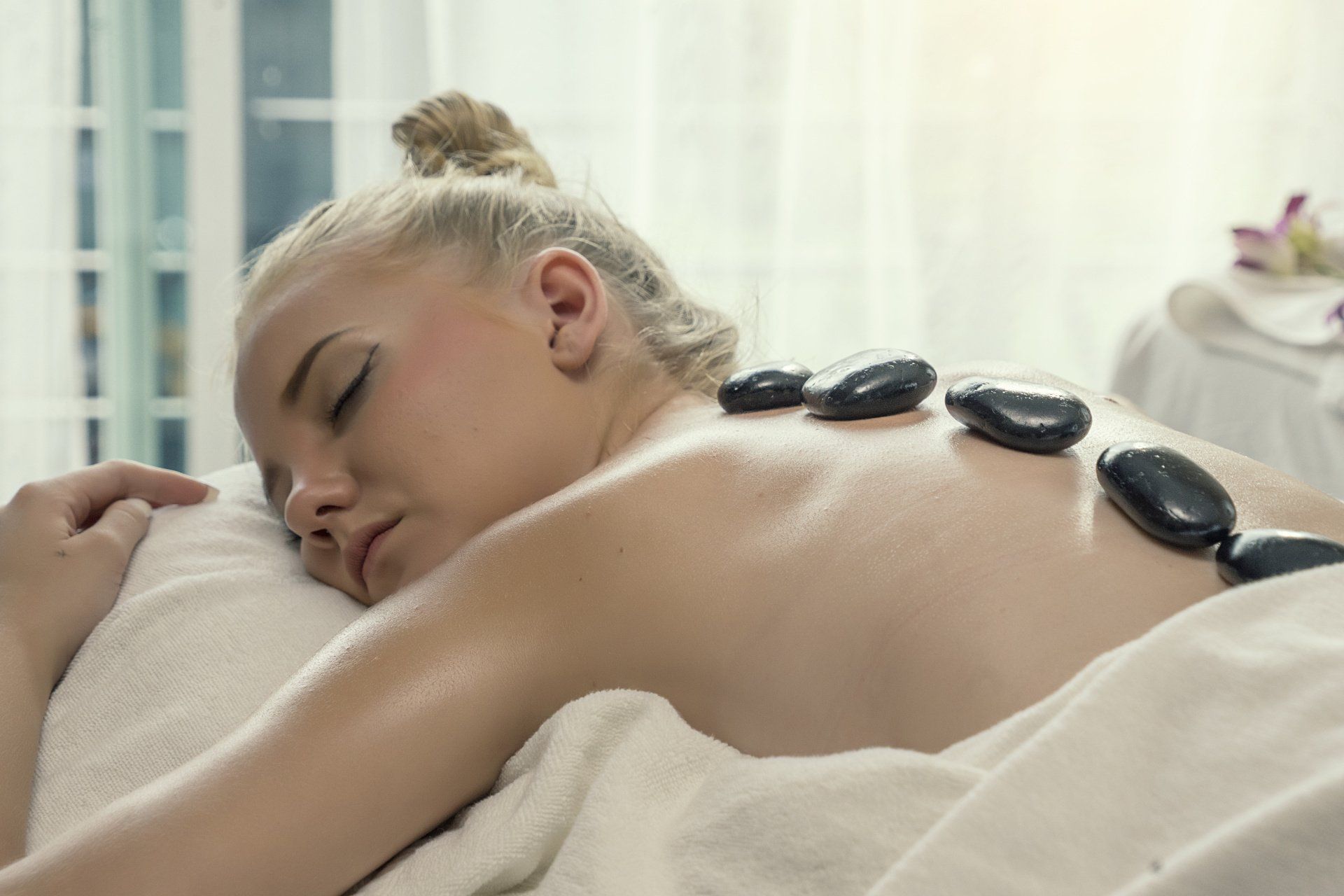About Reflexology
What is Reflexology?
Reflexology is a holistic healing therapy dating back 5,000 years, practised by the Chinese, Indians and Egyptians. Reflexology was used to stimulate the body’s healing process in order to treat health problems. Its origins are in acupuncture.
Reflexology was re-discovered in the 1900’s in the USA, by Dr William Fitzgerald, who practised zone therapy, based on the principle that 10 equal vertical lines divided the body into energy zones. He discovered that exerting pressure on reflex points on the feet or hand could treat various parts of the body within the corresponding zone area.
Eunice Ingham, a physiotherapist further developed this concept and perfected the modern day reflexology as we know it. One of her students, Doreen Bayly, introduced Reflexology to the UK in the 1960’s.
Research has shown positive results in its efficacy for many disorders such as neck/back problems, pain management, pain, migraine/headaches, hormonal, blood pressure, neurological disorders, musculo-skeletal aches and pains, digestive problems, joint problems, stress, maternity, fertility, menopause, etc.
How does Reflexology Work?
Each foot contains 26 bones, 107 ligaments, 19 muscles and 7,200 nerve endings. A Reflexology treatment involves a specific technique of stimulating reflex points in either the feet or hands, which correlate to every organ, cell, gland or part of the body. This activates physiological changes in the body, increasing freshly oxygenated blood flow, nerve supply and nutrients throughout the body, in order to help balance and stimulate the body’s own healing process.
Reflexology is used to help treat many health problems relating to the Circulation, Lymphatic System, Respiratory System, Endocrine System, Nervous System, Reproductive areas, Urinary System, Digestive System, Muscular System and Immune System. It is suitable for all ages, even babies respond well to Reflexology.
Research has shown positive results in it efficacy for many disorders such as neck/back problems, pain management, pain, migraine/headaches, hormonal, blood pressure, neurological disorders, musculo-skeletal aches and pains, digestive problems, joint problems, stress, maternity, fertility, menopause, etc.
What Does a Treatment Involve?
The first treatment includes a preliminary confidential medical history, which, together with the treatment will take approximately 1½ hours. Subsequent treatments will take an hour. The amount of treatments needed depends on the severity of the condition. Some people experience immediate effects, others take longer as the gradual benefits of reflexology build up gently.
During the treatment, brain waves go into a relaxed state, blood pressure and pulse rate drops to induce deep relaxation. Stress and muscle tension, the underlying cause of many health problems, is released, with many clients drifting off to sleep. A ‘healing reaction’ may occur as the body eliminates toxins i.e. Cold-like symptoms, thirst, tiredness, skin problems, coughs/mucus becomes more productive, as the elimination systems increase. These reactions will quickly disappear as the body re-balances and adjusts itself to maintain a natural equilibrium.
The Reflexologist detects imbalances in the feet, which will feel congested, gritty areas, indicating build-up of toxins, waste by-products such as lactic, uric acid, calcium deposits, which settle at nerve endings in the feet. This impedes circulation to the corresponding areas of the body. To the client, these imbalances may feel tender or slightly bruised. These areas are then worked on to disperse the toxins and release the blockages, restoring a feeling of well-being and the natural state of homeostasis.
Certain health conditions may require a doctor’s permission before treating.




